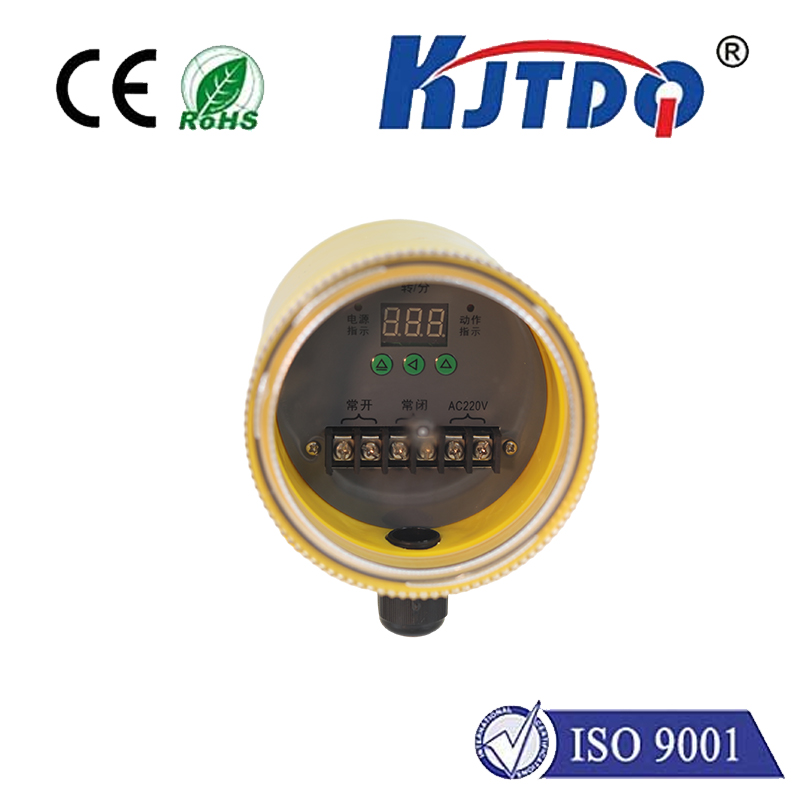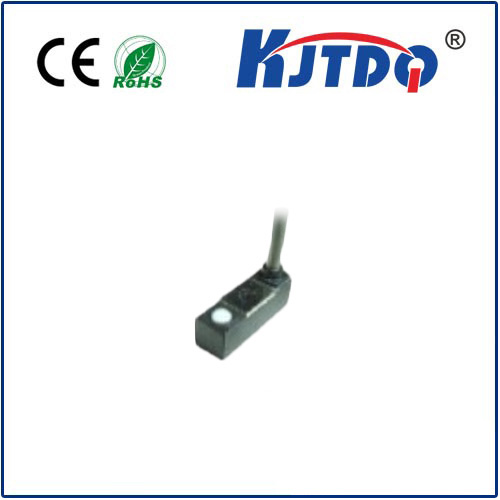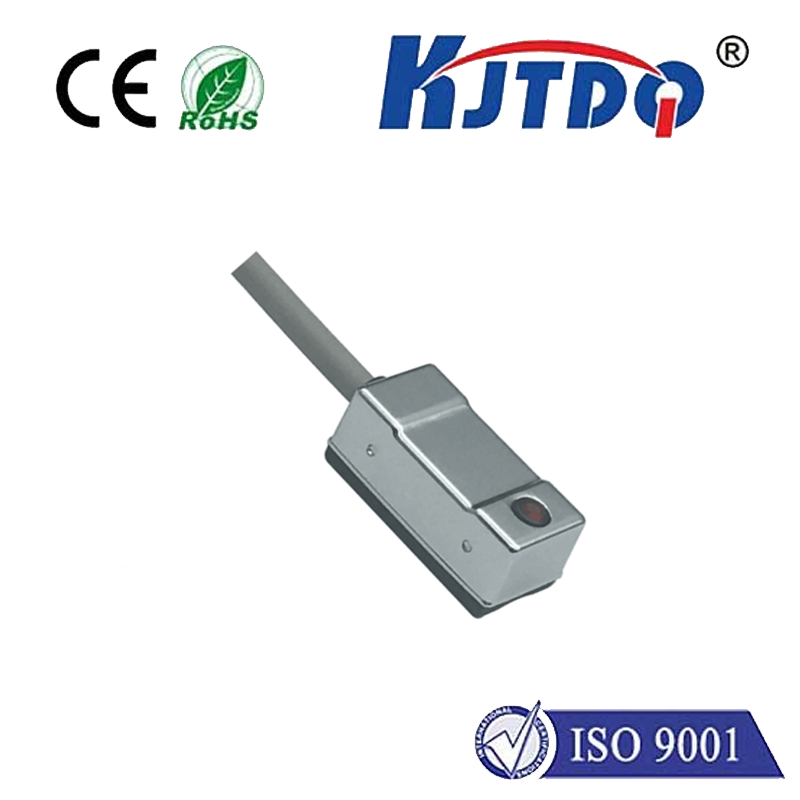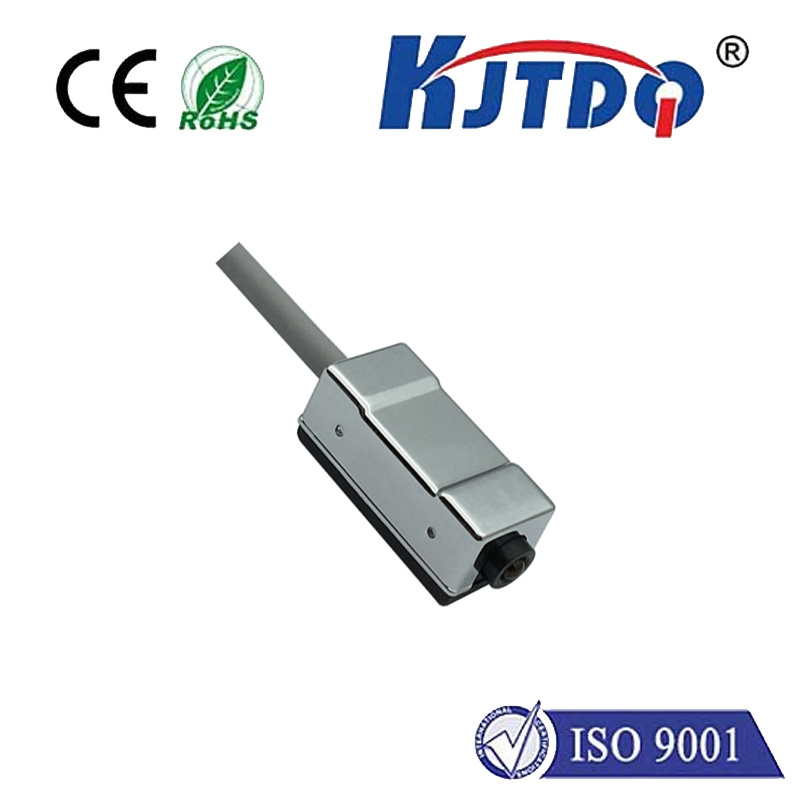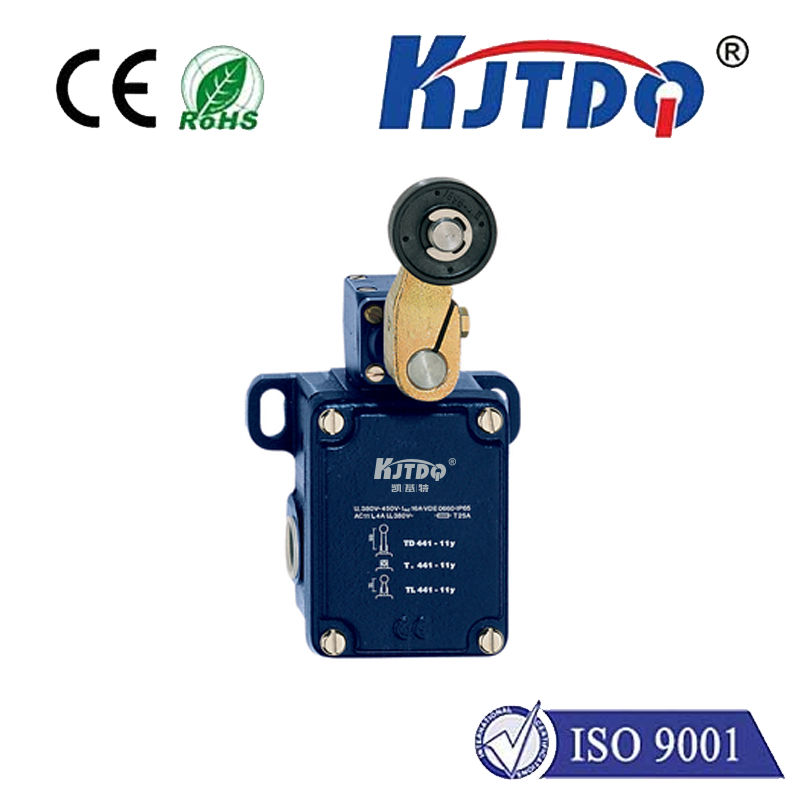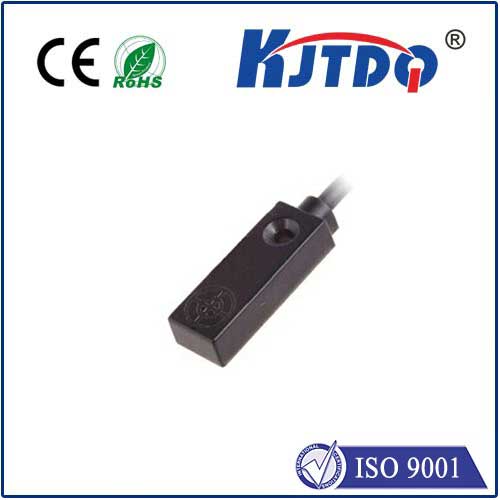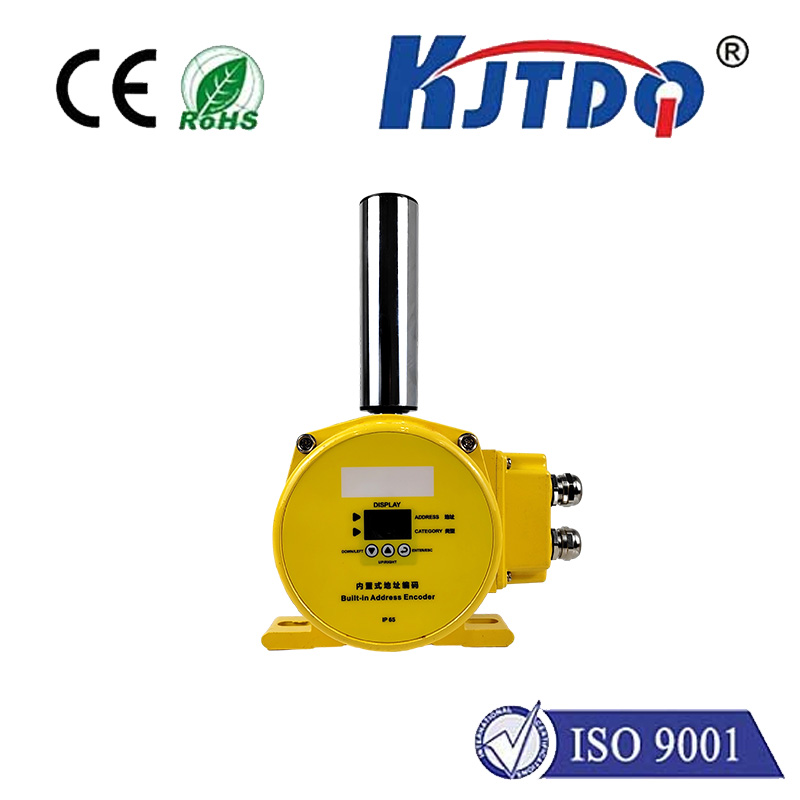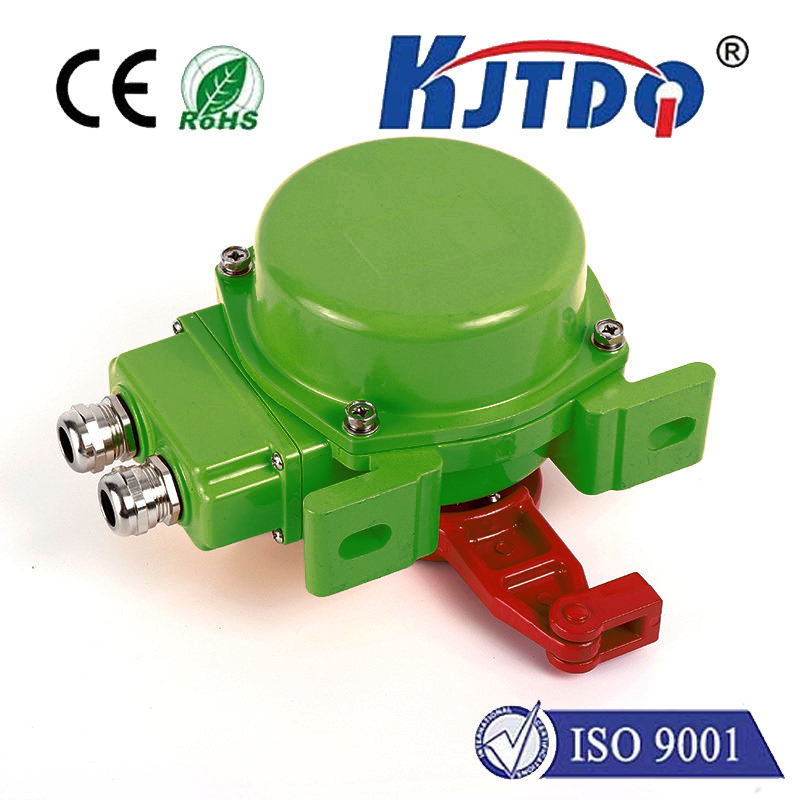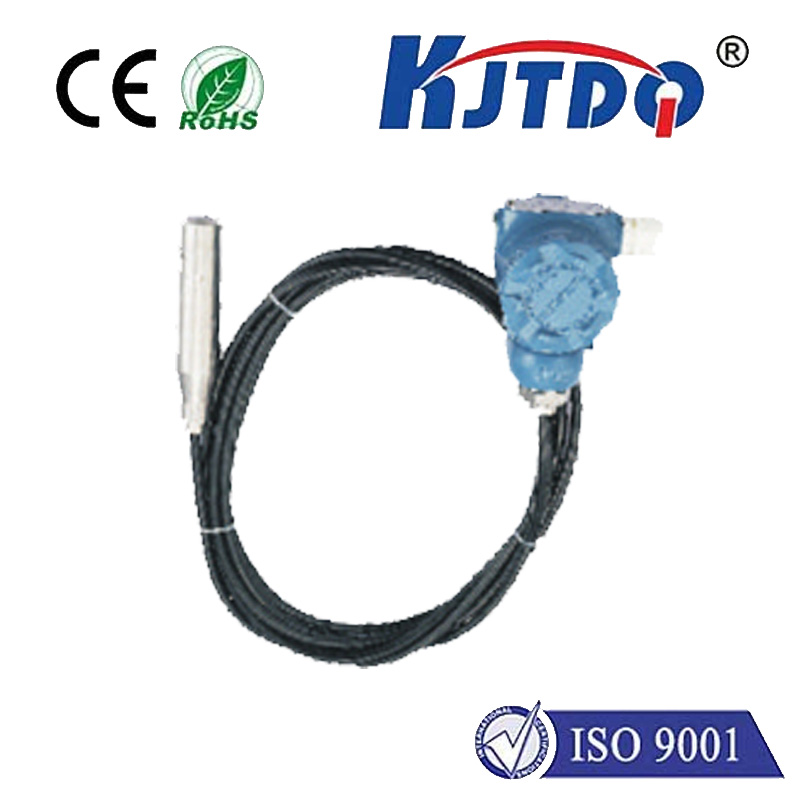proximity level switch
- time:2025-06-25 02:13:03
- Click:0
The Essential Role of Proximity Level Switches in Modern Industrial Measurement
Imagine a production line flooded because an operator forgot to turn off a filling valve. Or critical equipment damaged because a lubrication reservoir ran dry. Preventing such costly and potentially dangerous scenarios is precisely where proximity level switches shine. These ingenious, often unsung heroes of process automation silently monitor tank levels, trigger alarms, control pumps, and safeguard systems, all without ever touching the substance they measure. Understanding their function, advantages, and ideal applications is crucial for optimizing countless industrial and manufacturing processes.
Beyond the Float: The Core Principle
Unlike traditional float switches that rely on mechanical movement within the medium, proximity level switches operate on a non-contact principle. They detect the presence or absence of a target material (liquid, solid, slurry, or even powder) at a predetermined point without physical interaction. This fundamental difference unlocks significant advantages in reliability, durability, and application versatility.
Most proximity level switches utilize electromagnetic or capacitive sensing technology:
- Inductive Proximity Switches: Primarily detect metallic targets. The switch generates an electromagnetic field. When a conductive metal object (like a tank wall at a specific level) enters this field, it induces eddy currents within the metal. The switch detects this change in the field’s characteristics and triggers its output signal. These are ideal for detecting metallic targets like overfill plates in tanks or the presence of metal containers.
- Capacitive Proximity Switches: Detect both conductive and non-conductive materials (water, oil, plastics, wood, grains, powders, etc.). The sensing face acts as one plate of a capacitor, and the target acts (or doesn’t act) as the other plate. The capacitance changes when the target material approaches the sensor face. The switch’s electronics detect this change and actuate the output. This versatility makes capacitive switches the most common type for general level detection applications.
- Other Types: While less common, Hall Effect (detecting magnetic fields) and Optical (using light beams) proximity sensors can also be used in specific level detection scenarios.
Why Proximity Level Switches? Key Advantages

The non-contact nature of proximity level switches delivers compelling benefits over mechanical alternatives:
- Zero Moving Parts: The biggest advantage. With no floats, levers, or pivots to wear out, jam, or corrode, proximity switches offer exceptional reliability and longevity, drastically reducing maintenance needs and downtime.
- Minimal Maintenance: Sealed sensing elements resist contamination from sludge, scaling, foam, or viscous media, freeing technicians from constant cleaning tasks common with float switches.
- Robust Performance in Harsh Environments: Designed with industrial-grade housings (often stainless steel or rugged plastics) and robust electronics, they withstand extreme temperatures, high pressures, corrosive chemicals, vibration, and shock far better than mechanical switches.
- Versatility: Capacitive proximity sensors, in particular, can detect an incredibly wide range of materials – conductive liquids (water, acids), non-conductive liquids (fuels, oils), pastes, granular solids, and powders. Inductive switches excel in specific metal-detection roles.
- Simple Installation and Setup: Typically mounted through threaded holes or flanges on the side of a vessel, installation is straightforward. Setup usually involves adjusting sensitivity (for capacitive types) or positioning for the detection point.
- No Process Contamination: Since the sensor never contacts the material, there’s no risk of introducing contaminants – critical in food & beverage, pharmaceutical, and semiconductor manufacturing.
- Leak Prevention Potential: Sealed probes eliminate potential leak paths inherent in designs using guide tubes or moving shafts penetrating the vessel.
Where Proximity Level Switches Make a Difference
The applications for proximity level switches are vast and span nearly every industry:
- Liquid Level Control: Monitoring high/low levels in water tanks, fuel tanks, chemical storage vessels, sump pumps, boilers, cooling systems (high/low alarms, pump control).
- Solid Level Detection: Controlling filling levels in silos, bins, or hoppers containing grains, plastic pellets, powders, or coal (preventing overfilling or detecting empty conditions).
- Interface Detection: Identifying the boundary layer between two immiscible liquids (e.g., oil on water).
- Presence/Absence Detection: Confirming the presence of a container or product on a conveyor line.
- Foam Detection: Differentiating between liquid and foam layers in processes like brewing or wastewater treatment.
- Overflow Protection: Critical safety function to prevent spills in tanks and vessels.
- Leak Detection: Mounted in containment trays or drip pans to detect leaks from primary vessels or pipes.
Choosing and Implementing Effectively
Selecting the right proximity level switch is key. Consider:
- Material Type: Conductive, non-conductive, metallic? Capacitive handles most; inductive is for metal detection.
- Tank/Vessel Construction: Metal tanks can affect capacitive sensors; non-metallic tanks require capacitive.
- Process Conditions: Temperature, pressure, chemical compatibility, potential buildup? Ensure the sensor housing and seals are rated.
- Sensitivity Adjustment: Crucial for capacitive sensors detecting low-dielectric materials or handling adherent coatings. Look for models with easy sensitivity tuning.
- Electrical Output: Standard options like NPN/PNP transistor, relay, or analog signals. Match to your PLC/DCS input requirements.
- Mounting: Ensure proper threaded connection or flange compatibility for a leak-proof seal. Consider process pressure rating. Orientation might matter for some solids applications.
- Sensing Distance: Be aware of the rated sensing range and ensure your mounting position achieves the required detection point.
Proper installation is vital. Follow manufacturer guidelines for mounting position relative to the vessel wall, avoiding material flow points where buildup is likely, and ensuring secure electrical connections. Calibrate sensitivity (for capacitive sensors) with the actual medium present if possible. Integrating a proximity level switch with a PLC provides powerful automation capabilities, allowing for complex control logic like sequential pump operation based on multiple level points.
Proximity vs. Alternatives: Understanding the Fit
Proximity level switches aren’t the only solution. Understanding when they excel helps:
- Vs. Float Switches: Proximity wins on reliability, maintenance, and handling tough media (sludges, viscous fluids). Floats might be simpler or cheaper for very basic applications in clean liquids.
- Vs. Ultrasonic/Radar: Proximity is for point level detection; continuous level sensors provide a full range measurement. Proximity switches are generally simpler and more cost-effective for straightforward high/low control points. They are also less affected by foam, vapor, or dust than ultrasonic sensors in some cases.
- Vs. Guided Wave Radar (GWR): Similar to above – GWR is continuous level, proximity is point level. GWR handles very long ranges and challenging vapors better, but proximity is simpler and cheaper for specific set points.
The Silent Sentinel
Proximity level switches embody the principle of “simple is reliable.” Their non-contact operation, robustness, and adaptability make them indispensable for safeguarding assets, ensuring process continuity, and automating control across diverse industries. From preventing a chocolate vat from overflowing to ensuring a massive cement silo doesn’t run empty, these reliable sensors work silently in the background. By understanding their technology, benefits, and ideal use cases, engineers and plant managers can leverage proximity level switches to build safer, more efficient, and lower-maintenance operations. They are truly a fundamental building block of modern industrial measurement and control.







